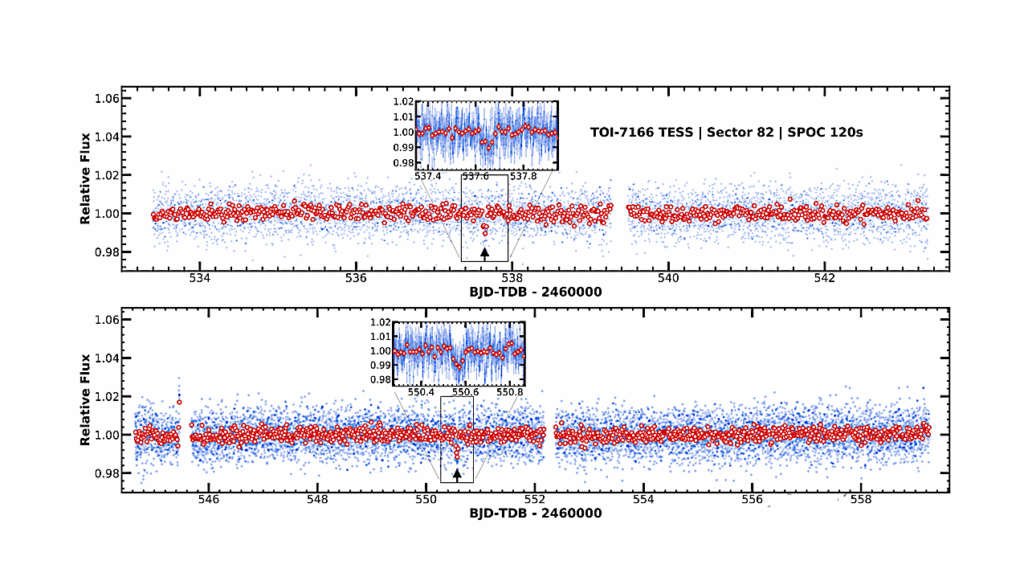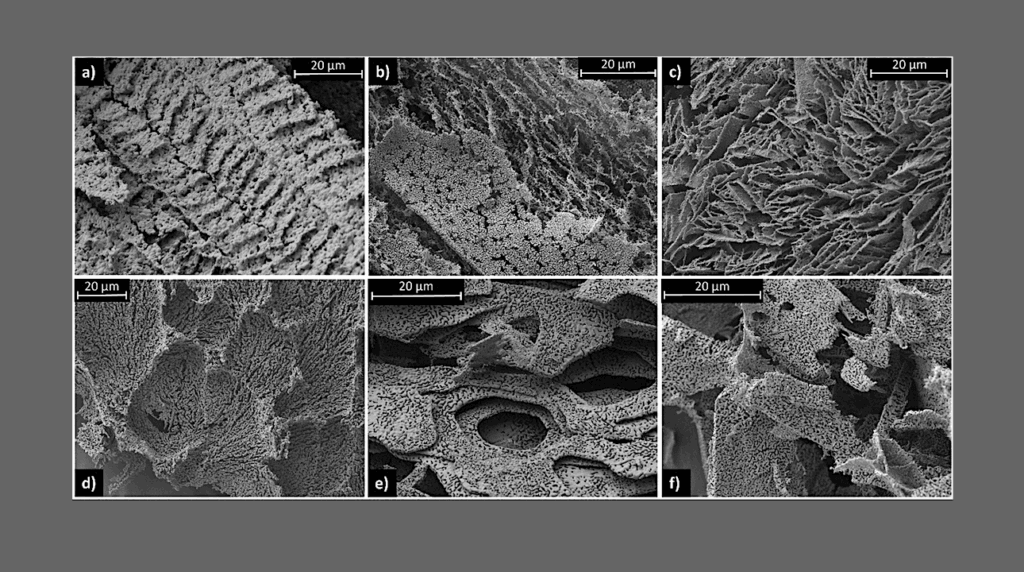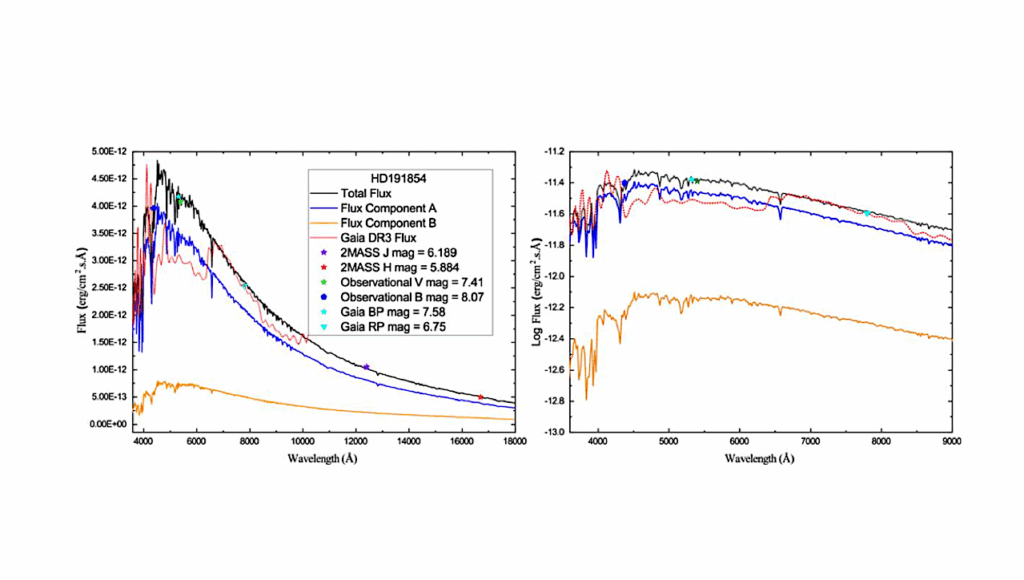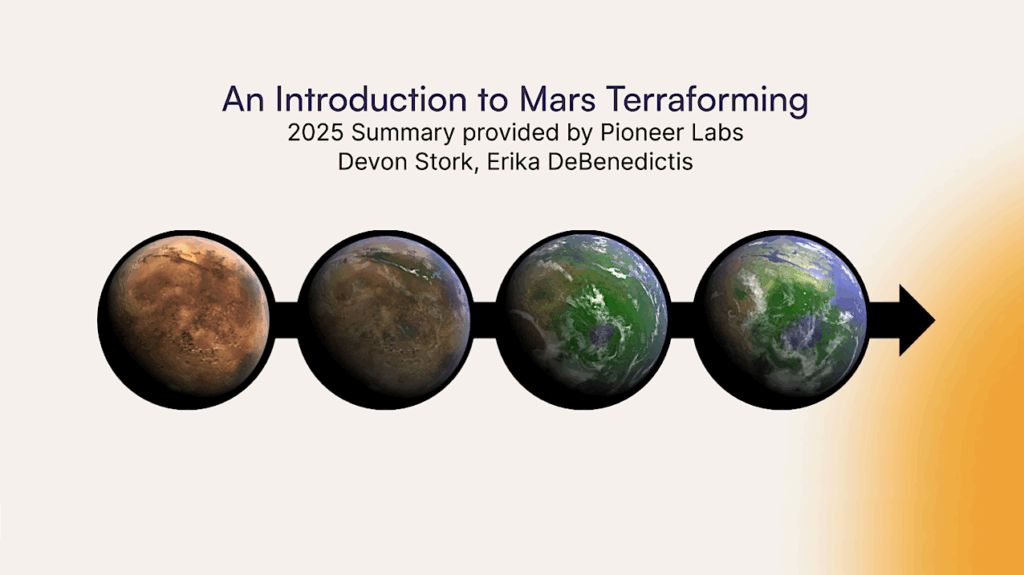Magnetic Fields of Extrasolar Planets: Planetary Interiors and Habitability

Jupiter’s radio emission has been linked to its planetary-scale magnetic field, and spacecraft investigations have revealed that most planets, and some moons, have or had a global magnetic field.
Generated by internal dynamos, magnetic fields are one of the few remote sensing means of constraining the properties of planetary interiors. For the Earth, its magnetic field has been speculated to be partially responsible for its habitability, and knowledge of an extrasolar planet’s magnetic field may be necessary to assess its habitability. The radio emission from Jupiter and other solar system planets is produced by an electron cyclotron maser, and detections of extrasolar planetary electron cyclotron masers will enable measurements of extrasolar planetary magnetic fields.
This white paper draws heavily on the W. M. Keck Institute for Space Studies report Planetary Magnetic Fields: Planetary Interiors and Habitability (Lazio, Shkolnik, Hallinan, et al.), it incorporates topics discussed at the American Astronomical Society Topical Conference “Radio Exploration of Planetary Habitability,” it complements the Astrobiology Science Strategy white paper “Life Beyond the Solar System: Space Weather and Its Impact on Habitable Worlds” (Airapetian et al.), and it addresses aspects of planetary magnetic fields discussed in the NASA Astrobiology Strategy.
J. Lazio (JPL, CIT), G. Hallinan (Caltech), V. Airapetian (NASA/GSFC), D. A. Brain (Univ. Colorado, Boulder), C. F. Dong (Princeton), P. E. Driscoll (Carnegie), J.-M. Griessmeier (LPC2E-Universitè d’Orlèans/CNRS, Station de Radioastronomie de Nançay, Observatoire de Paris), W. M. Farrell (NASA/GSFC), J. C. Kasper (Univ. Michigan), T. Murphy (Univ. Sydney), L. A. Rogers (Univ. Chicago), A. Wolszczan (Penn State), P. Zarka (Observatoire de Paris, CNRS, PSL), M. Knapp (MIT EAPS), C. R. Lynch (Univ. Sydney), J.D. Turner (Univ. Virginia)
(Submitted on 17 Mar 2018)
Comments: A white paper submitted to the National Academy of Science Committee on Exoplanet Science Strategy; 6 pages
Subjects: Earth and Planetary Astrophysics (astro-ph.EP); Solar and Stellar Astrophysics (astro-ph.SR)
Cite as: arXiv:1803.06487 [astro-ph.EP] (or arXiv:1803.06487v1 [astro-ph.EP] for this version)
Submission history
From: Joseph Lazio
[v1] Sat, 17 Mar 2018 10:32:19 GMT (1230kb)
https://arxiv.org/abs/1803.06487
Astrobiology








